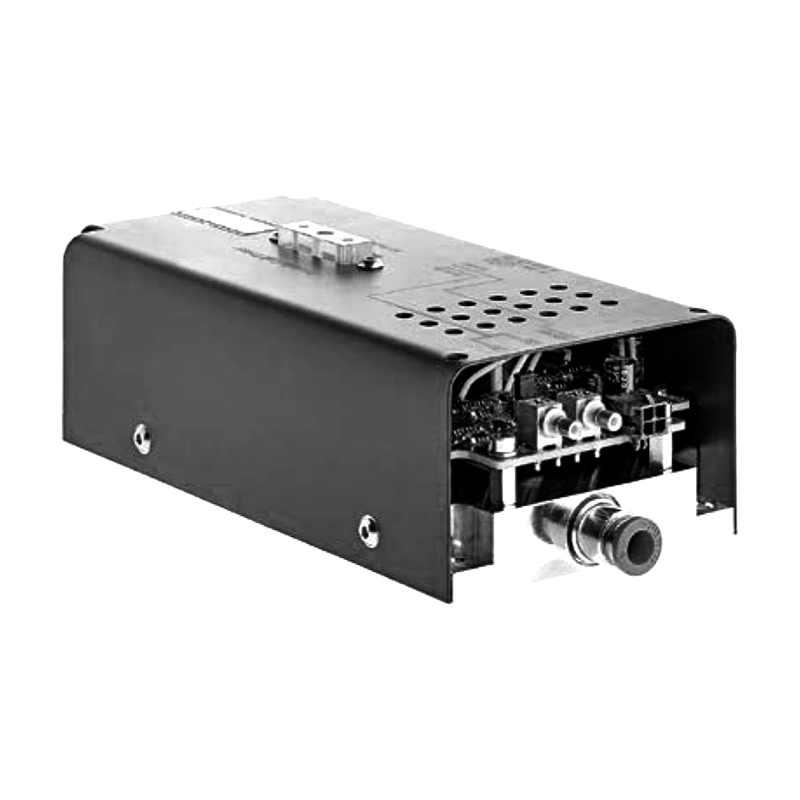Upgrading Path of High-Frequency High-Voltage Power Supplies for Electrostatic Precipitation
In the field of industrial waste gas purification, electrostatic precipitation technology has become a crucial method for pollutant reduction in industries such as coal-fired power plants and steel smelting, thanks to its efficient and stable particulate matter capture capabilities. As the core component of electrostatic precipitation systems, high-frequency high-voltage power supplies directly affect the electric field strength distribution, dust removal efficiency, and energy consumption. With increasingly stringent environmental protection standards, traditional power supplies can no longer meet the demand for refined dust removal. The upgrading path should focus on optimizing output characteristics, innovating control strategies, and enhancing system synergy.
1. In-depth Optimization of Output Characteristics
Traditional electrostatic precipitation power supplies suffer from large voltage fluctuations and low energy utilization efficiency. Upgraded high-frequency high-voltage power supplies adopt multilevel topology structures and soft switching technologies, reducing the output voltage ripple to less than 0.5%, an 80% decrease compared to traditional power supplies. Additionally, by optimizing the magnetic core materials and winding designs of transformers, the operating frequency of the power supply is increased to 20kHz 50kHz, tripling the output power density per unit volume. In pulse power supply mode, the power supply can output narrow pulses with a peak voltage of up to 120kV, instantly enhancing the electric field strength. This effectively overcomes the back corona phenomenon of high-resistance dust, increasing the capture efficiency of fine particulate matter to 99.9%.
2. Innovation of Intelligent Control Strategies
To adapt to dynamic dust removal requirements under complex working conditions, the power supply incorporates an adaptive fuzzy-neural network control algorithm. This algorithm automatically adjusts the output waveform and frequency of the power supply by collecting real-time parameters such as electric field current, secondary voltage, and dust concentration. For example, when a sudden increase in dust concentration is detected, the system can increase the pulse frequency by 30% within 100ms and adjust the duty cycle to maintain electric field stability. Furthermore, integrated with Internet of Things (IoT) technology, the power supply supports remote monitoring and fault warning functions. Through cloud-based big data analysis, it can predict equipment anomalies in advance, reducing downtime due to failures by more than 60%.
3. Design for System Synergy and Efficiency Improvement
In traditional electrostatic precipitation systems, the lack of coordination between power supplies and the precipitation body leads to energy waste. The upgraded solution employs multi-power supply partitioned power supply and coordinated control technology, dividing the electric field into multiple independent power supply units. Each unit matches different voltage outputs according to the dust concentration gradient. Meanwhile, an intelligent rapping optimization system is introduced, where the power supply coordinates with the rapping device to initiate ash removal during periods of low electric field voltage, preventing secondary dust emissions from affecting electric field stability. Field data shows that this solution can reduce the system's comprehensive energy consumption by 25% and extend the equipment lifespan by 2 3 years.
4. Enhancement of Environmental Adaptability and Reliability
Aiming at harsh industrial environments with high temperatures, high humidity, and strong electromagnetic interference, the power supply is enhanced in terms of structure and protection. Using fully sealed potting processes and composite insulation materials, the power supply achieves an IP66 protection rating, ensuring stable operation in environments with temperatures up to 55°C and humidity levels of 95%. Additionally, the electromagnetic compatibility (EMC) design is optimized. Through improvements in shielding layer structures and upgrades to filter circuits, the electromagnetic radiation intensity is reduced to one-third of the standard limit, minimizing interference with surrounding equipment and ensuring long-term reliable operation.
The upgrading of high-frequency high-voltage power supplies for electrostatic precipitation is crucial for promoting the development of industrial waste gas treatment towards high efficiency, energy conservation, and intelligence. Through the optimization of output performance, innovation in intelligent control, and system coordination design, not only can the dust removal efficiency be significantly improved, but also the operation and maintenance costs of enterprises can be reduced. Driven by the dual carbon goals, the continuous iteration of power supply technology will provide stronger technical support for air pollution prevention and control.




















